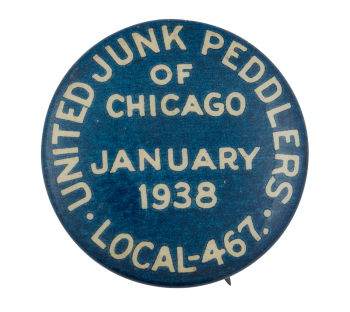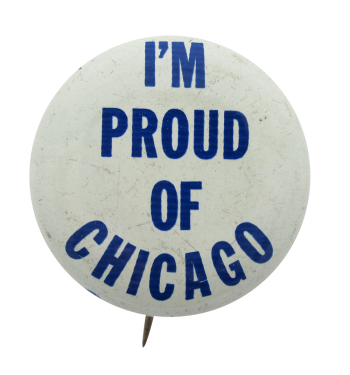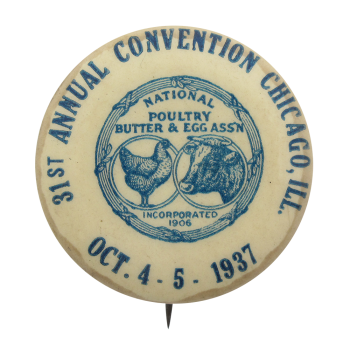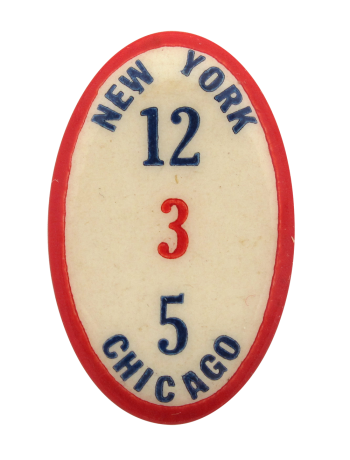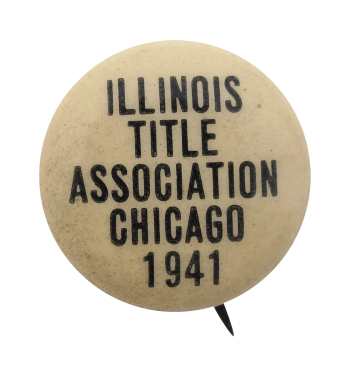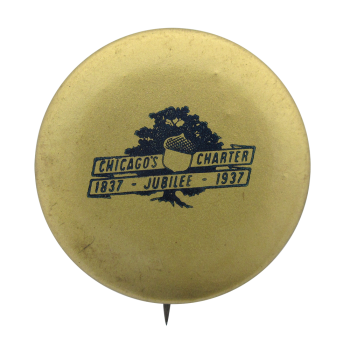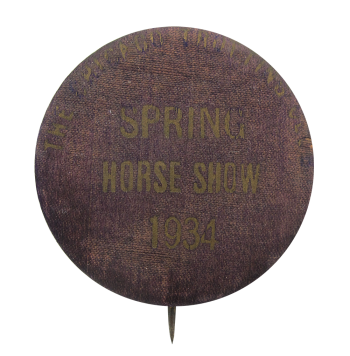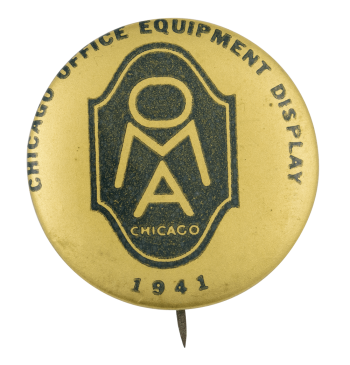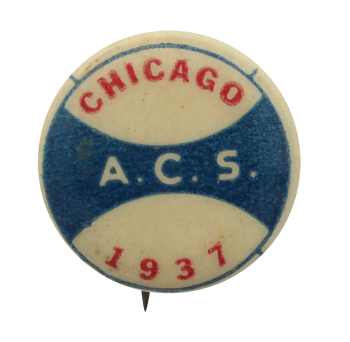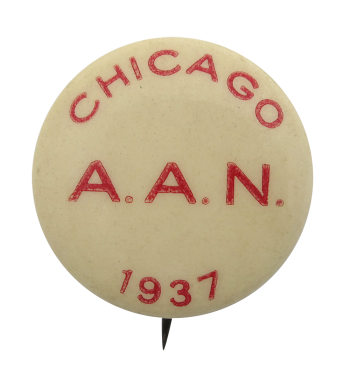United Junk Peddlers
| Category | |
|---|---|
| Additional Images | |
| Sub Categories | |
| Text on Button | UNITED JUNK PEDDLERS OF CHICAGO JANUARY 1938 .LOCAL-467.. |
| Image Description | White text one a blue background. |
| Back Paper / Back Info |
Made by |
| Back Style | |
| The Shape | |
| The Size | |
| Year / Decade Made | |
| The Manufacturer | |
| Additional Information | In the late 1930s, the Chicago junkmen were troubled by a number of things. The wholesale price of steel had dropped by nearly fifty percent and troubles with retail junk shops ensued over the prices. In 1937, around fifteen hundred United Junk Peddlers union members went on strike against the retail shops. The retail owners had the junkmen arrested. A local judge told the junkmen they were not protected by the National Labor Relations Act of 1935 because they were independent contractors, which ignored the fact that the union was part of the Committee for Industrial Organizations. By late November 1937, the union members circumvented the problem. They began a cooperative junkyard and sold their steel directly to the steel mills, which eliminated the need for the retailers and wholesalers. This button from the local 467 dates from that time. |
| Sources |
Junk. (1937). Time, 30(21), 76. |
| Catalog ID | CH0079 |

